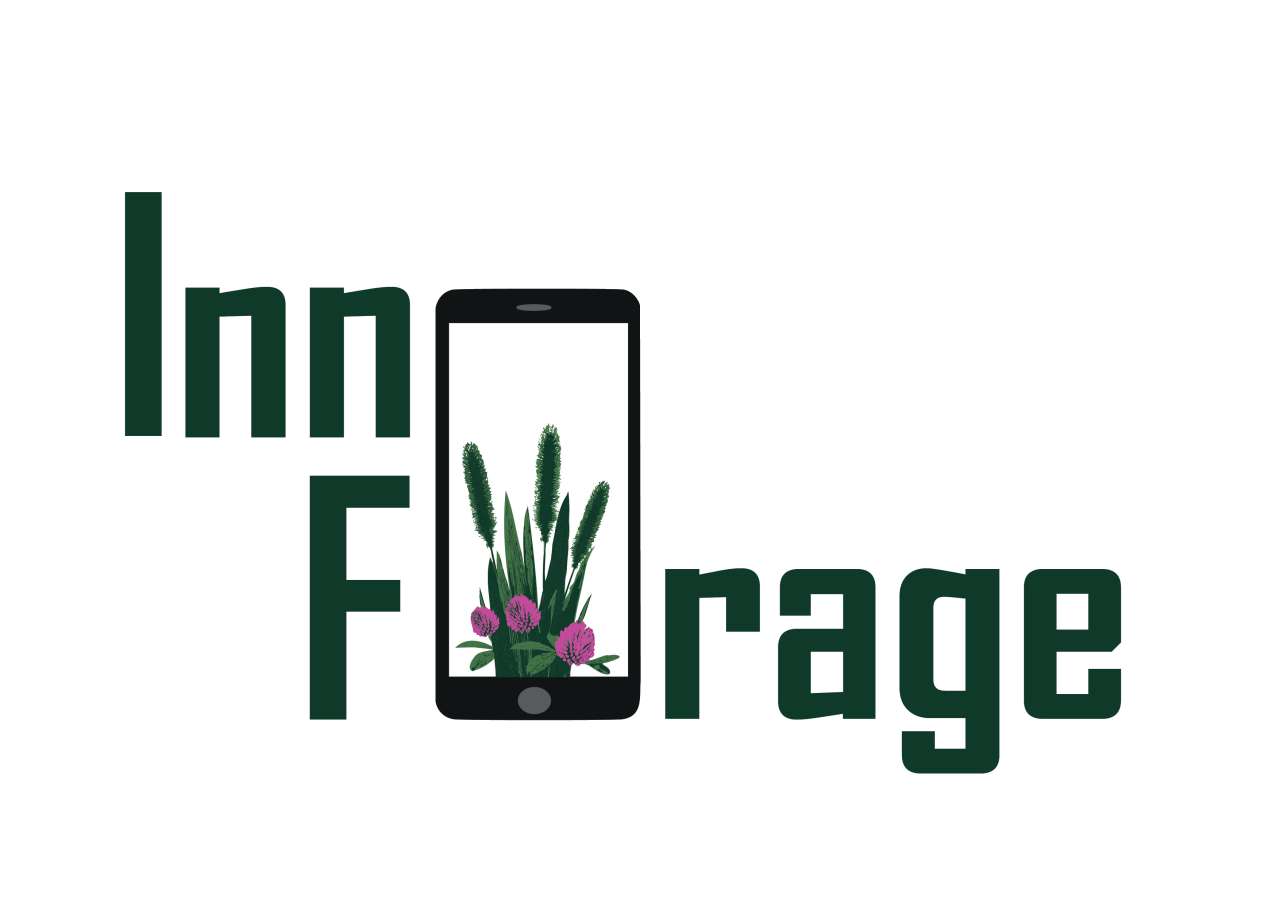Division of Food Production and Society
Advancing adaption and adoption of new forages in Norway: An innovative farmer-led research approach via citizen science

End: dec 2028
Start: jan 2025
Forages, produced on temporary grasslands, cover approximately 65% of Norway’s agricultural area. A stable supply of high-quality forage is essential for the economic viability and sustainability of milk and meat production, the economically most important agricultural production in Norway. The rapid changes in climate create both new opportunities and challenges. While precipitation patterns and temperatures are changing, day length remains constant. Increasingly unstable winters are causing more frequent winter damage to perennial forage crops in some regions. Additionally, excess water or drought during the growing season adds further uncertainty to the production. Therefore, it is essential to identify seed mixtures that are well adapted to local conditions. However, the current system for testing new plant material is both costly and time-consuming, and the transfer of new knowledge to farmers takes a long time.
Project participants
Ievina Sturite Khaled Murad Agha Frøydis Gillund Kauê de Sousa Ellen Elverland Ragnhild Borchsenius| Status | Active |
| Start - end date | 01.01.2025 - 31.12.2028 |
| Project manager | Marit Jørgensen |
| Division | Division of Food Production and Society |
| Department | Grassland and Livestock |
| Total budget | 12400000 |
The INNOFORAGE project uses an innovative research method led by farmers through citizen science. We propose a model for large-scale testing of new plant material, where farmers evaluate new material directly in their fields and farms. This approach helps identify the best alternatives under various agro-ecological conditions and promotes more efficient utilization of new forage crops in local environments. The TRICOT (TRIadic COmparison of Technologies) method, based on citizen science principles, involves numerous farmers that conduct simple, small trials on their farms. The approach follows an incomplete block design where each participant evaluates three options out of a larger number of options tested in the trial. The farmer ranks the three options, from best to worst according to predefined criteria and responds to questions using a digital tool, an ODK app. Due to the large number of participants, the aggregation of data will give statistically sound results, and with ClimMob software, quick analyses, feedback and reports can be produced. This method also promotes the adoption of new species, varieties, and seed mixtures, as farmers are directly involved in the experimentation. It strengthens collaboration between researchers, advisors, and farmers, contributing to more sustainable and resilient agricultural practices.
About the INNOFORAGE Research Project:
The project is funded by the Research Funds for Agriculture and the Food Industry (FFL/JA) and is managed by NIBIO, with the University of Inland Norway, the Norwegian Agricultural Advisory Service (NLR), Strand Unikorn, Felleskjøpet Agri, and Felleskjøpet Rogaland Agder as project partners. Our goal is to evaluate the suitability of the TRICOT and citizen science approach for use in Norway. This method has been successfully implemented in many countries across Africa, Asia, and Latin America. As this is the first time TRICOT is being tested in the Northern Hemisphere, we will also study the experiences of the participating farmers to determine if this method can accelerate the adoption of new varieties and knowledge. Thus, we are not only testing the varieties but also assessing the practical effectiveness of the method itself.
The main goal of the project is to establish a system for testing forage crops that:
- Identifies what farmers consider most important in their forage crops.
- Finds the most suitable forage crops/mixtures adapted to local conditions.
- Makes it easy for end-users to adopt new varieties, mixtures, or knowledge.
Project objectives:
- Identifying the optimal combination of approaches, including large-scale trials led by farmers (TRICOT), farmer surveys, and traditional field trials, that provide the most robust basis for recommendations of forage crops.
- Understand what motivates participants to take part in TRICOT and citizen science.
- Examine how participation in collaborative agricultural research affects knowledge exchange and social relationships among participants.
- Develop a sustainable and adaptable model for testing new varieties or species that can be tailored to future needs.
We aim to engage between 20 and 30 advisors and around 200 farmers. The mini trials with the three options, will be established over two years, with 100 trials each year, totaling at least 200 fields. The project has a reference group consisting of farmers, advisors from NLR, Graminor, and representatives from the County Governor and Centre for Arctic Agriculture.
Publications
Authors
Ellen Elverland Frøydis Gillund Khaled Murad Agha Ievina Sturite Ragnhild Borchsenius Kaue de Sousa Victoria Hauge Andreassen Marit JørgensenAbstract
No abstract has been registered
